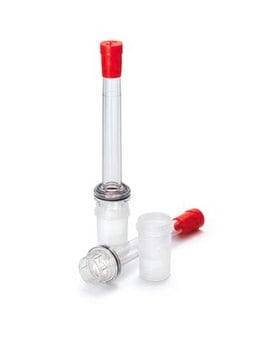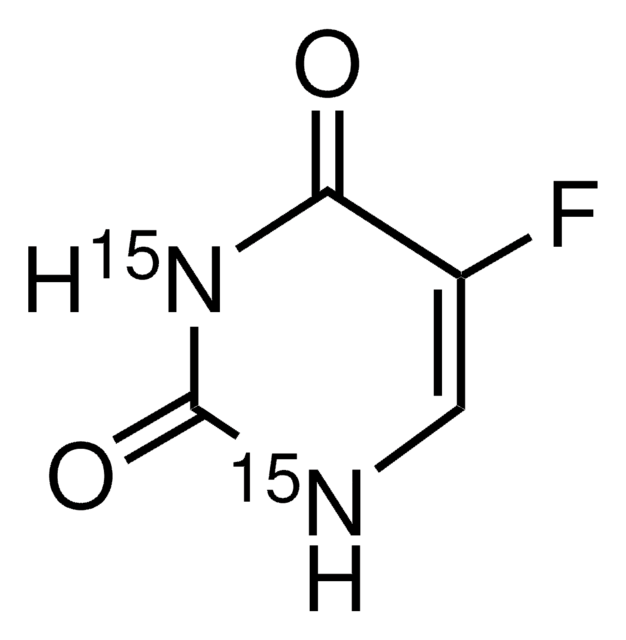CAR-213
Cardiolipin Liposomes
PC:CL (10:90 molar ratio 10mM)
About This Item
Polecane produkty
Poziom jakości
skład
Phosphate buffered saline
stężenie
10 mM
zanieczyszczenia
10 mol % L-alpha-phosphatidylcholine (PC)
90 mol % Cardiolipin (CL)
wielkość cząstki
100 nm
pH
7.4
Szukasz podobnych produktów? Odwiedź Przewodnik dotyczący porównywania produktów
Opis ogólny
Kardiolipina (CL) jest unikalnym fosfolipidem o interesujących właściwościach chemicznych i ultrastrukturalnych. Jest to wysoce kwaśny dimer fosfatydyloglicerolu (PG) i kwasu fosfatydowego (PA) zawierający cztery łańcuchy acylowe, trzy glicerole i dwie fosforanowe grupy zasadowe. Ze względu na deprotonację jednej z tych grup fosforanowych, kardiolipina jest ujemnie naładowana w fizjologicznym pH.
Kardiolipina (CL) jest znana jako fosfolipid specyficzny dla mitochondriów i jest ściśle związana z mitochondrialnymi procesami bioenergetycznymi. Odgrywa ona funkcjonalną rolę w stabilności i dynamice błony mitochondrialnej, ponieważ wchodzi w interakcje z wieloma nośnikami metabolitów, enzymami i białkami wewnętrznej błony mitochondrialnej. Szeroko zakrojone badania nad efektami farmakologicznymi, toksykologicznymi i terapeutycznymi wykazały, że włączenie doksorubicyny do liposomów kardiolipinowych poprawiło aktywność przeciwnowotworową. Doniesiono, że liposomy zawierające kardiolipinę mają niższą kardiotoksyczność związaną z doksorubicyną poprzez zmianę farmakokinetyki i dystrybucji leku w tkankach.
Kardiolipina jest ujemnie naładowanym lipidem i zapewnia dwa rodzaje możliwości wiązania: wiązanie na powierzchni i enkapsulację głęboko w błonie. Nasz katalog lipidów kardiolipinowych zawiera wiele różnych rodzajów nasyconych i nienasyconych liposomów na bazie kardiolipiny, wykonanych od 0,5% do 100% kardiolipiny.
Zastosowanie
Interakcje lipid-białko
Przechowywanie i stabilność
Liposomy są wytwarzane w sterylnych warunkach. Jeśli konieczne jest pobranie wielu porcji z fiolki, zaleca się zachowanie szczególnej ostrożności, aby nie zanieczyścić fiolki. Zaleca się obchodzenie się z fiolką pod sterylnym kapturem, aby zachować sterylność produktu. Liposomów nigdy nie należy zamrażać. Kryształki lodu, które tworzą się podczas zamrażania, rozrywają błonę lipidową liposomów i zmieniają rozmiar cząsteczek liposomów.
Informacje prawne
Oświadczenie o zrzeczeniu się odpowiedzialności
Kod klasy składowania
12 - Non Combustible Liquids
Klasa zagrożenia wodnego (WGK)
WGK 2
Temperatura zapłonu (°F)
Not applicable
Temperatura zapłonu (°C)
Not applicable
Wybierz jedną z najnowszych wersji:
Certyfikaty analizy (CoA)
It looks like we've run into a problem, but you can still download Certificates of Analysis from our Dokumenty section.
Proszę o kontakt, jeśli potrzebna jest pomoc Obsługa Klienta
Masz już ten produkt?
Dokumenty związane z niedawno zakupionymi produktami zostały zamieszczone w Bibliotece dokumentów.
Nasz zespół naukowców ma doświadczenie we wszystkich obszarach badań, w tym w naukach przyrodniczych, materiałoznawstwie, syntezie chemicznej, chromatografii, analityce i wielu innych dziedzinach.
Skontaktuj się z zespołem ds. pomocy technicznej







